As a symbolic conclusion to the Mobilise project, students, teachers, and professionals who took part in the Klatovy IDEATHON set out on a full-day educational excursion. The goal was to reveal the behind-the-scenes world of scientific work, introduce the real technologies used at universities and in modern research, and connect the students’ ideathon ideas with practical applications.
The programme was divided between two major institutions: the University of West Bohemia in Plzeň and the Czech Technical University in Prague. Over the course of a single day, participants gained insight into geomatics, robotics, physics experiments, cybernetic systems, and digital manufacturing – fields that today lie at the very forefront of innovation.
Plzeň: Where Spatial Data and Robotics Come to Life
The day began at the Faculty of Applied Sciences at the University of West Bohemia (ZČU), where experts from the Department of Geomatics welcomed the group. They introduced not only the study opportunities available, but also the fascinating world of geographic information. Students learned how spatial data can be collected, interpreted, and utilised – whether through traditional surveying methods, modern laser scanning, or drone-based data acquisition.
The lecturers also reminded students that maps are far more than technical artefacts. They presented mapmaking from the earliest carved representations to today’s digital terrain models and explained the enormous progress the field of geomatics has experienced. Students were particularly intrigued by the real model of Earth’s gravity field and the legal aspects of land surveying and the cadastre – topics that illustrate how geography extends far beyond drawing maps.
This was followed by a hands-on demonstration of surveying equipment and data-collection technologies. Thermal-imaging drones, optical instruments, and laser scanners captivated the students, many of whom saw for the first time how detailed and precise the outputs from modern sensors can be.
The programme also included a presentation on the use of spatial data in agriculture. University specialists showcased the Info4Agro system, which combines satellite data, sensor information, and various indicators to help farmers plan fertilisation, monitor rainfall, and assess growing conditions. For students who had worked with data during the ideathon, this was an inspiring demonstration of how theory connects with real-world practice.
Robotics and AI in the Cybernetic Greenhouse
The group then split in two, with one half heading to the Department of Cybernetics. There, they entered the so-called “cybernetic greenhouse” – a laboratory where robotic systems are tested in realistic operational environments.
Students had the chance to closely observe drones designed for experimental parcel delivery, a robotic seal, a rescue-support robot, and artificial intelligence systems trained to recognise dialects and accents from video recordings. For many, this was one of the most exciting moments of the day – after all, not everyone gets to see a robotic dog or advanced AI systems in their natural development setting.
Physics in Practice: Plasma, Smart Glass, and Nanotechnology
The other half of the group visited the Department of Physics, where they immersed themselves in the world of scientific experiments. Participants observed plasma-generation equipment, learned how nanocoatings enhance the thermal insulation properties of glass, and even saw a new generation of adaptive glass capable of responding to outdoor temperatures and regulating the passage of light and heat.
Here too, students discovered how modern research influences everyday life – whether in energy efficiency, construction materials, or innovative manufacturing technologies.
Prague: State-of-the-Art Technology in the Labs of CTU
After leaving Plzeň, the group continued to the Czech Technical University in Prague (ČVUT), specifically the Faculty of Information Technology and several affiliated research centres.
Students were introduced to projects focused on the automotive industry, robotics, digital manufacturing, and the simulation of extreme environments. They saw, for example, the Siemens Delta robot capable of astonishing precision and speed, as well as facilities dedicated to designing and fine-tuning the chassis of RC car models. Great interest was also drawn to 3D printers capable of working with metal – a technology that opens new possibilities in industrial production.
They then learned about unique projects such as Hydronaut – a model designed for operation in extreme conditions – and Moon City, an experimental environment simulating extraterrestrial conditions. Researchers further presented the work of structural engineering and hydrology laboratories, where water flow is analysed and artificial channels for kayaking are tested.
The excursion concluded with a visit to the 14th floor of the faculty building, offering an unusual, non-touristic view of Prague Castle. For the students, it was not only a memorable experience but also a reminder of the broad horizons that technical education can open.
An Inspirational Day That May Shape Future Careers
The educational excursion was not merely an addition to the ideathon; it was its natural culmination. Students had the chance to see technologies they had previously only heard about, speak with scientists shaping the direction of their fields, and realise that their own ideas may one day play a role in the real world.
The day demonstrated the importance of connecting young people with science and innovation, and it confirmed once again that the Pošumaví region has enormous potential – not only thanks to its traditions but also thanks to a new generation of students eager to bring fresh solutions into practice.
Úhlava, o.p.s., plans to continue supporting similar activities in the future. And who knows – perhaps some of today’s participants will soon return to the halls of UWB or CTU not as visitors, but as students or future innovators.
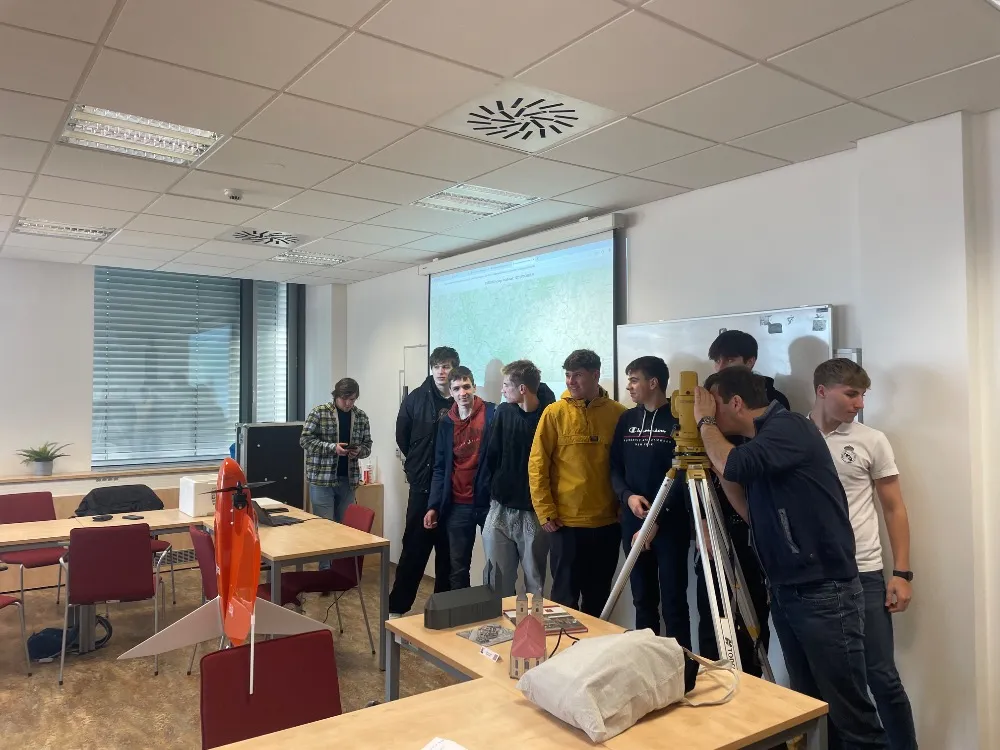

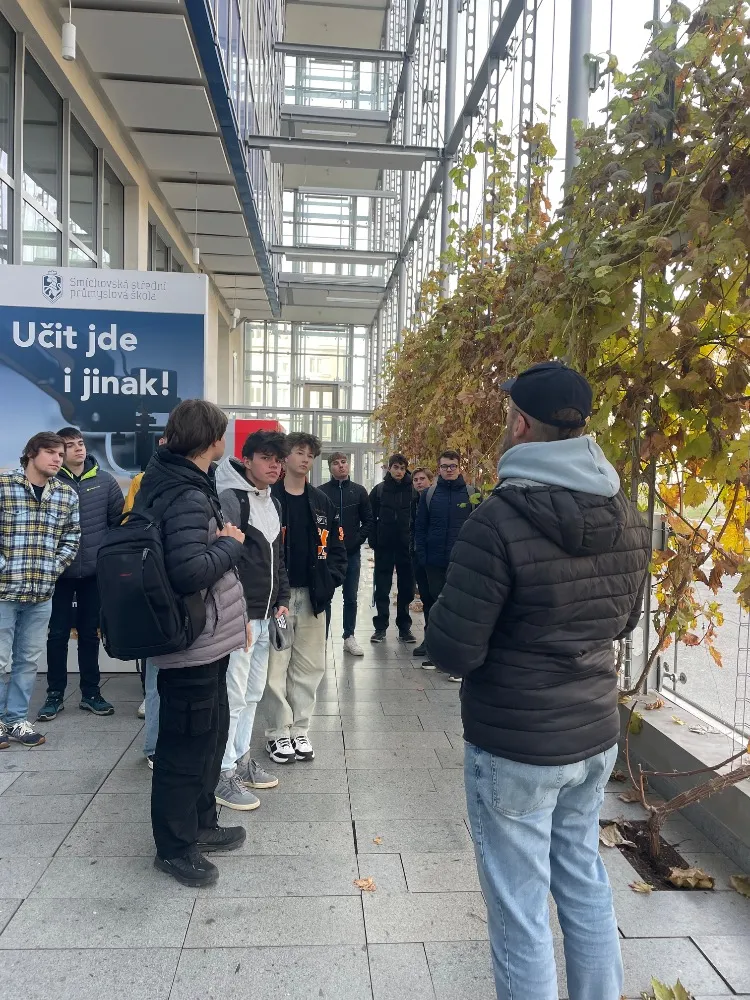
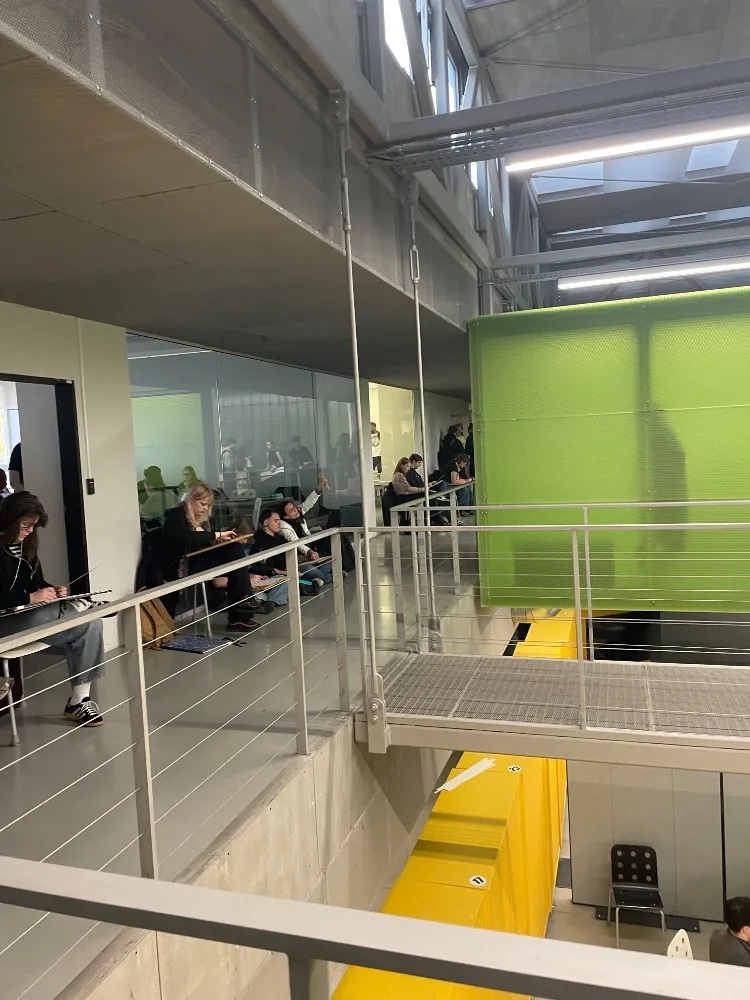
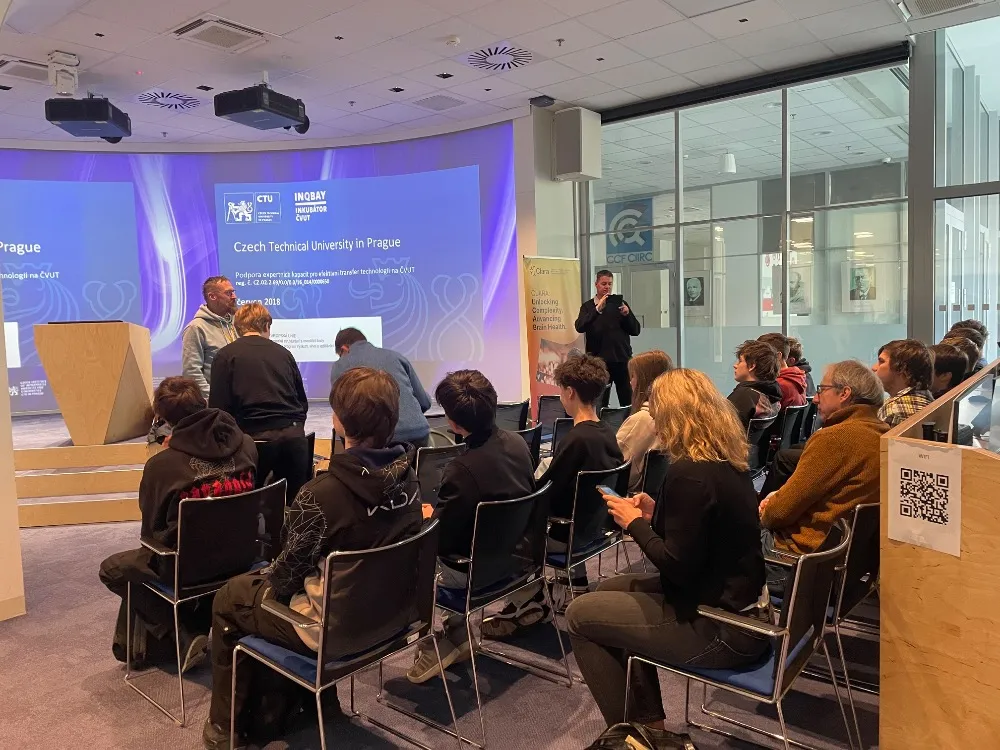
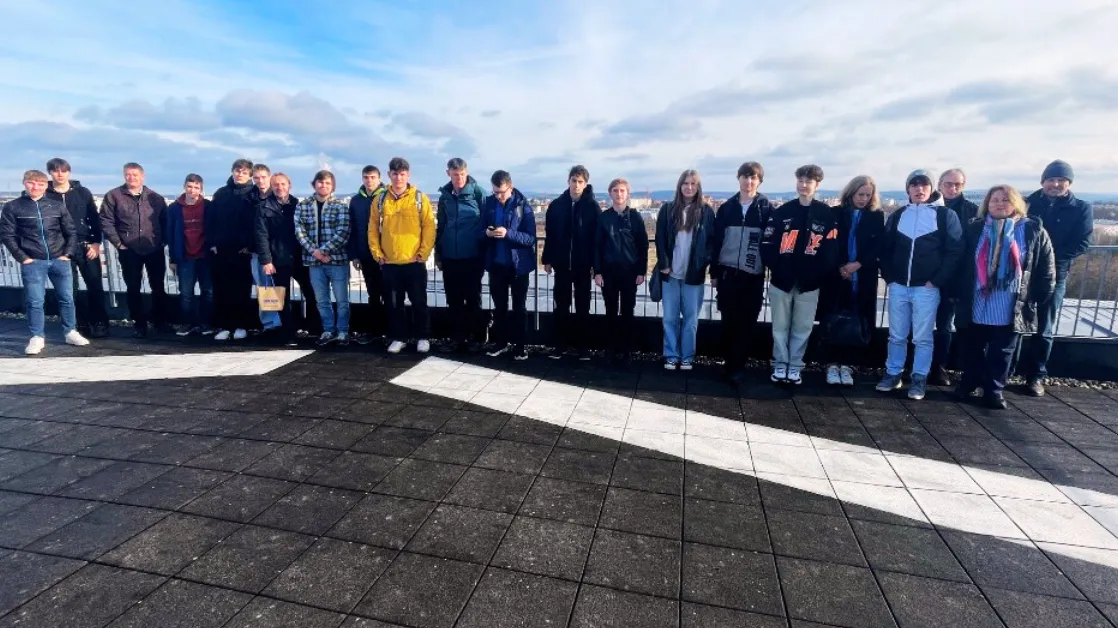
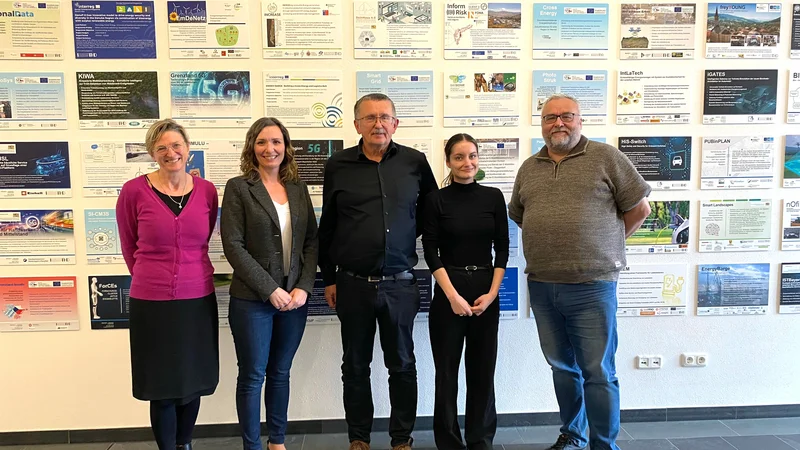

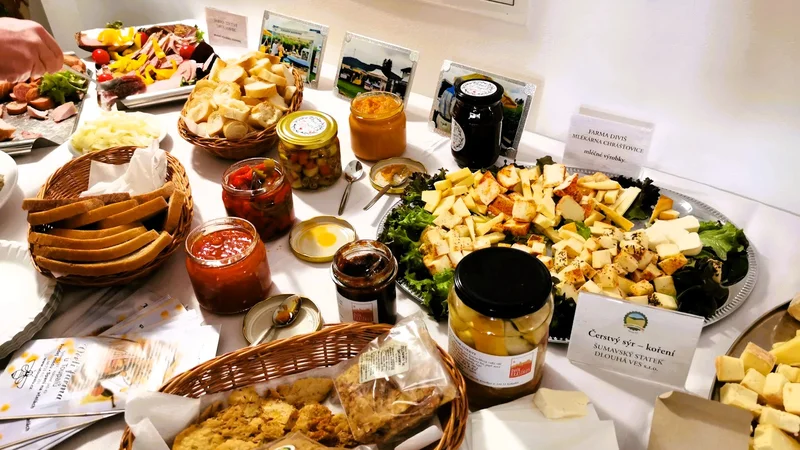
Existující komentáře